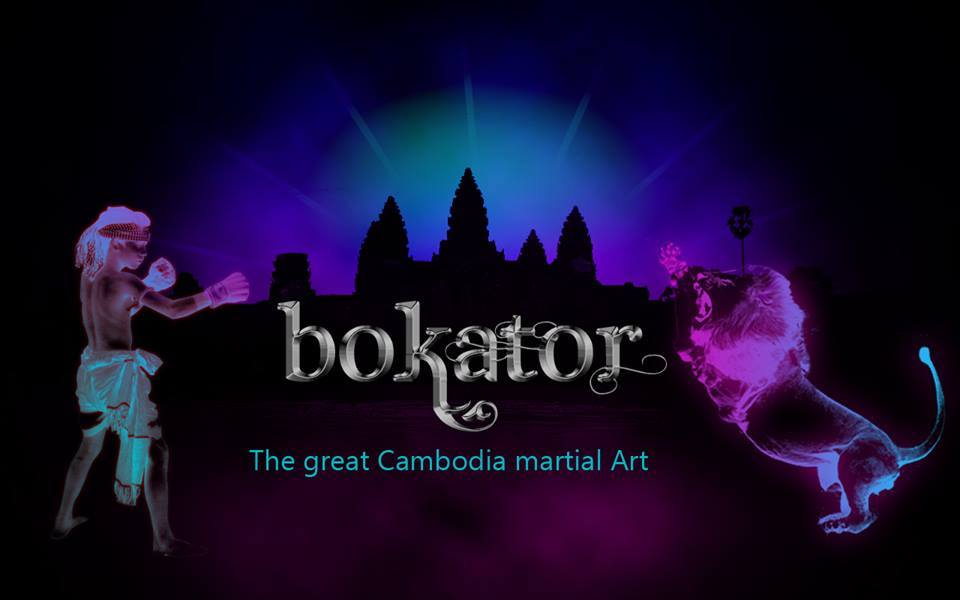In what was effectively a sales catalogue of Khmer antiquities published by Douglas Latchford and Emma Bunker in their 2004 coffee-table book
Khmer Art Overseas:
In what was effectively a sales catalogue of Khmer antiquities published by Douglas Latchford and Emma Bunker in their 2004 coffee-table book, Adoration and Glory: The Golden Age of Khmer Art, one of the sandstone artifacts they publicized was a rare head of Brahma, or to be more precise, four heads. The book is often referred to as the go-to scholarly catalogue of repute, identifying and legitimizing 180 priceless artifacts, rarely or never-before seen, held either in private collections or museums. This Brahma head was in an unnamed private collection, which we now know often meant the piece was in Latchford’s own collection. So, where is this unique head of Brahma today? In the description of the artwork, there is an emphasis on its place in the Koh Ker art style of the second quarter of the 10th century, which is also a possible clue that the sculpture was looted from a temple in the Koh Ker complex. We know that Prasat Banteay Pir Choan at Koh Ker is unusual in Cambodia as it’s the only temple known to be dedicated to Brahma, in his form as Prajapatishvara, so it’s not a big leap to imagine the object was stolen from this temple. However, since appearing in the 2004 catalogue, the trail has gone cold.
This is the description of the unique work of art as it appeared in Adoration and Glory: ‘This three-dimensional Khmer representation of Brahma is stylistically related to sculpture found at Koh Ker in northeast Cambodia. The god is shown with four heads that are identical in appearance. The noses on two faces have recent repairs, otherwise the head is intact. Strands of twisted hair arranged in horizontal lines in typical Koh Ker style form the quadruple jatamukuta. Each is encircled at the base by a band of large pearls, a specific Khmer characteristic not found in the art of other Southeast Asian cultures. The top of the conjoined jatamukuta is decorated with a flower with four petals framed by twisted tresses of hair. Each face has open eyes with incised pupils, eyebrows represented by a continuous line, rimmed lips, and a moustache that curls up at the tips.
The most widely known stone Brahma head today is the early 10th century example from Phnom Bok in the Paris-based Guimet Museum, which has similar characteristics to the same time period (Bakheng style) as a Brahma in the Metropolitan Museum of New York and another Brahma figure from Wat Baset, also at the Guimet. The present Brahma head is quite different from the Brahma heads just discussed. Each jatamukuta is formed by horizontal rows of twisted hair, and the pearl band is placed at the base of each, rather than at a third of its height. These differences suggest that the Koh Ker sculptors discontinued the Brahma-head formula that had developed during the Bakheng and earlier Koh Ker periods and created their own, a new formula that appears to have been followed throughout the later tenth through the twelfth centuries.’
Standalone sculptures of the Hindu god of creation Brahma in Khmer art are pretty rare. He is much more popular when it comes to temple reliefs and the myths of creation, with his birth from the navel of Vishnu carved into the lintels of many temples and his participation in the Churning of the Sea of Milk, especially at Angkor Wat. He’s usually depicted with four faces and four arms, evoking his universality, and may’ve occupied a subsidiary shrine at a temple complex complementing his fellow trimurti gods, Shiva and Vishnu. In his four hands he would’ve held a scripture, spoon, rosary and a vase, and may’ve been riding on the sacred swan Hamsa. However, we have no body and only the four faces of Brahma to wonder where he resides today.
About Me
I have graduate from BUILD BRIGHT UNIVERSITY(BBU) AND PREAH SIHANOUK RAJA (SBU) I work at Khmer Plus Computer Address: #156BE, St.63 (Trasak Phaem), Sang kat Chaktomok, Khan Daun Penh, Phnom Penh And Much More... Hey..My name is Thol Un Welcome To my site! Hope it will help you! Nice to know you! Indroduce My Self -My name is Thol un.I come from Kompong cham Province -Now I am staying at Langka pagoda .I have graduated from Build Bright University -My Major is Information and Network Technology -I am Working at Khmer Plus Computer -I want to get experience From your Company and develop your Company to be More Successful forever
Thanks for Support
Copyright©️:2021 All Rights Reserved. @Mr. Thol Un Hi every body, In this video I want show about the people success with Website, All This The Result From Website Partnership. Make money online speak Khmer: Please Followers My Website to Get More Videos!! Giving Dharma Is Better Than Giving Things!! Thanks for Support My Website !! This Website is created for the purpose of spreading the Entertainment Cambodia and other History Khmer, Dharma Khmer, Cooking Khmer by posting videos in Website Blogger or Blogspot YouTube and Facebook Page. Thanks and thanks for the support for this Website ..! Thanks For watch all this Website !❤ Like ✅Share ☑️ Comment❤ Kindly donate to the ABA Bank : ❤Thol Un❤ ❤001885833❤













